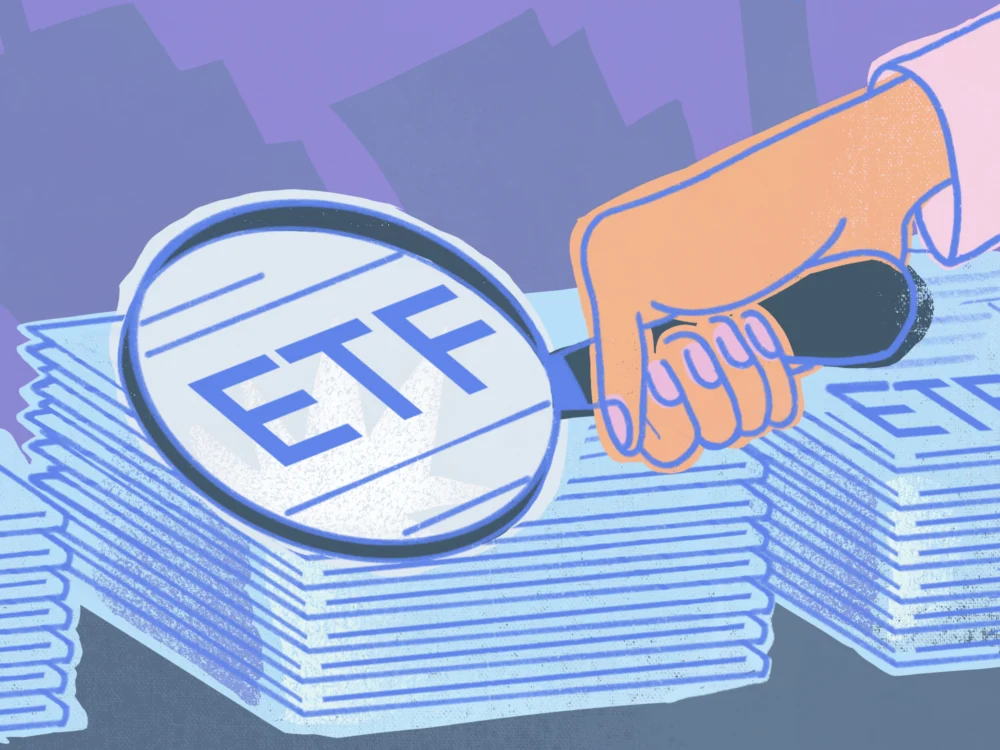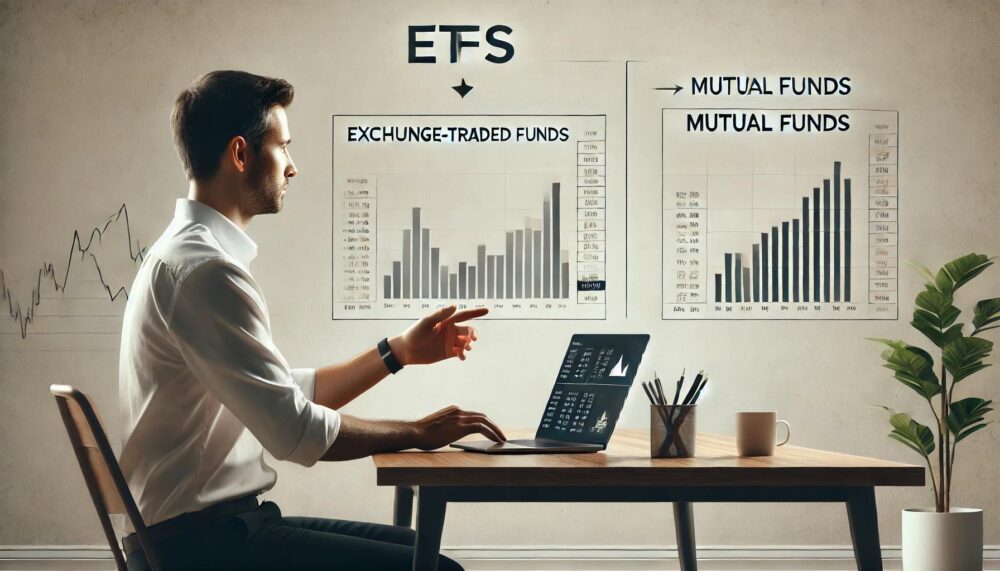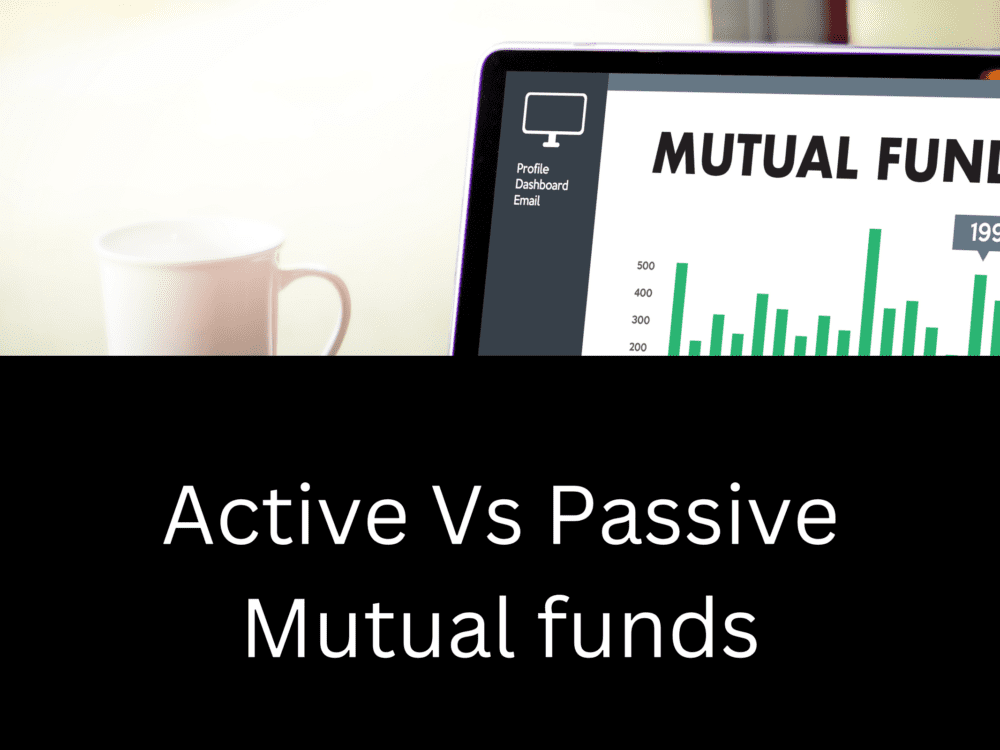Exchange-traded funds, or ETFs, are investment funds that track the performance of an index, commodity, sector, or asset class. They share similarities with both stocks and mutual funds. Like stocks, they are traded on stock exchanges, and can be bought and sold throughout the trading day at prevailing market prices. They provide liquidity and flexibility similar to trading individual stocks, and like mutual funds, pool together money from various investors and invest it in a diversified portfolio of assets. However, the assets or units that comprise mutual funds are usually bought or sold when the trading day ends, at the net asset value.
According to data from ETFGI, an ETF research and consultancy firm, since 2016, ETF AUMs (Assets Under Management) globally have grown from USD 3.4 trillion to USD 9.6 trillion, signifying a remarkable increase in the popularity and adoption of ETFs. Moreover, Bloomberg reports that in the US financial markets, ETFs have seen a significant surge in trading volumes. As of March 2023, more than 50% of the volume of the top 25 traded securities were ETF funds.
Retail investors can invest in various types of ETFs. In India, these are mostly categorised based on the underlying asset held in the portfolio, which is different for each ETF — some, like equity ETFs, track Nifty and Sensex. There are also thematic ETFs that indicate the performance of a particular sector, international ETFs for investing in foreign companies, and commodity ETFs, which are currently limited to gold and silver ETFs in the Indian market.
You can choose to invest in an ETF based on the asset class you prefer. For instance, if you’re leaning towards equity, the Nifty BeEs might be an option, while the Nifty Bharat Bond is an option for those who want a debt ETF. If you have a particular sector in mind, there are banking ETFs, auto ETFs and even IT ETFs. Among commodity ETFs, the Nippon India ETF Gold BeEs is the oldest scheme. International ETFs include the Motilal Oswal NASDAQ 100, the HDFC Developed World Indexes FoF (fund of funds), and so on. Investors can trade ETFs directly on the stock exchange, via asset management companies (AMCs) or through online trading platforms like Groww or smallcase.
It’s worth considering what makes ETFs viable and popular:
Low Expense Ratio
The expense ratio is the annual operating cost as a percentage of the fund’s assets. While ETFs — like stocks — do have a brokerage cost attached, they have a relatively low expense ratio compared to actively managed mutual funds, making them a cost-effective option. Lower expense ratios contribute to higher net returns over a long period of time.
Portfolio Diversification
ETFs expose you to a wide range of assets that fall under the concerned asset class or sector, and reduce the risk that comes with investing in individual securities. Investing in different types of ETFs allows you to diversify across sectors, investment themes, and geographies.
High Liquidity
Since intraday trading is possible with ETFs, they are more liquid than mutual funds. They can be bought or sold at market prices, allowing you to enter or exit positions quickly. If you prefer to have control over trading decisions and can swiftly respond to market conditions, having this flexibility helps.
ETFs are suitable for a wide range of investors:
-Retail investors benefit from diversification and low costs.
-Passive investors track market indexes with ETFs.
-Active investors use sector-specific ETFs for targeted exposure.
-Long-term and risk-averse investors use bond ETFs.
-International investors gain global diversification.
-Speculative investors use leveraged and inverse ETFs for short-term strategies.
Investors who possess a deep understanding of the financial markets may find ETFs suitable for long-term investments, due to their low cost, trading flexibility, liquidity and diversification benefits. However, they should also consider the potential transaction costs, brokerage fees, and the lack of SIP benefits associated with ETFs. And while real-time settlement of transactions is an advantage of ETFs, this process may involve challenges like failed trades, trading halts, liquidity challenges or price fluctuations.
Also, some ETFs are more volatile than mutual funds as their prices fluctuate based on demand and supply, through the trading day. If the demand and supply are in conflict, you may not get the traded price. Also, you cannot buy ETFs without a Demat account, and many platforms don’t provide the option of starting an SIP under ETFs — meaning that you would typically need to make a lump sum investment.
Ultimately, if you’re cost-conscious, have a long-term investment horizon and are seeking passive investments, you could look into ETFs. But before taking the plunge, you need to check if the underlying asset class makes sense considering your goals and behaviour. Also find out the AUM of the fund — a large AUM size signals liquidity, stability and diversification.
Further, you need to look out for a low expense ratio. Ideally, an expense ratio of less than 0.15% can be considered for investing. According to mutual fund research platform ACE MF, the average expense ratio of industries’ equity ETFs, debt ETFs, international ETFs, gold ETFs and silver ETFs is 0.26%, 0.16%, 0.58%, 0.59% and 0.45% respectively. You should also evaluate the historical tracking error. Well-performing funds will have a lower tracking error, which is basically how closely the ETF replicates its underlying index. Ideally, if the tracking error is 0.05% to 0.10%, you can consider the ETF for investing. The average tracking error of industries’ equity ETFs is 0.27%, and for debt ETFs, it is 0.15%. Commodities have a tracking error of 1.07% and for international ETFs, it’s close to 0.5%. The average tracking error of equity index funds is 0.09% and for debt funds is 0.13%.
According to the Association of Mutual Funds in India, around 89% of AUMs in ETFs and FoFs belong to institutional investors, and the remaining are held by retail investors. This is largely due to regulatory frameworks and market dynamics. Recently though, retail investors in India have been gravitating towards ETFs — with ETF AUMs expanding from roughly ₹200 crore to ₹5 lakh crore as of March 2023. This could be due to the consistent underperformance of active funds, greater transparency and lower costs compared to other funds. SEBI has taken measures to enhance participation among retail investors and increase investments in passive funds. It has set regulations for AMCs to improve the liquidity of ETFs, stipulated a maximum range of tracking errors, and allowed AMCs to launch passive equity-linked saving schemes (ELSS) as well as new categories of passive debt funds.







